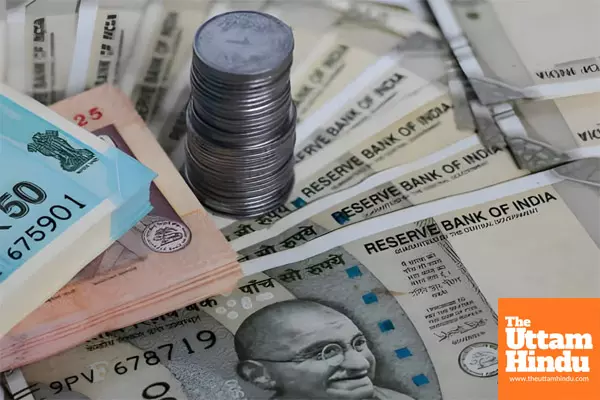
Modi Government Unveils New Plan: Pension Scheme for All Citizens

New Delhi (The Uttam Hindu): The central government is considering the introduction of a new pension scheme for all citizens, tentatively named the 'Universal Pension Scheme.' The goal of this scheme is to provide financial security to every citizen during their old age. Sources indicate that the Ministry of Labor and Employment has already started working on this ambitious initiative. According to experts, the proposed scheme will be voluntary and contributory, meaning individuals can choose to participate by contributing a fixed amount, regardless of their job or employment status. This will be a public pension scheme, and it is being considered for implementation under the Employees Provident Fund Organization. Currently, the ministry is finalizing the framework of the scheme, after which it will consult relevant stakeholders and invite suggestions to further enhance the proposal.
In India, social security has largely relied on funds like the provident fund and old-age pensions. The government also provides health insurance to those below the poverty line. This new pension scheme could significantly strengthen social security in the country.
Merging Existing Schemes
The government plans to integrate existing pension plans, such as the Pradhan Mantri Shram Yogi Maandhan Yojana and the National Pension Scheme for traders and self-employed individuals, into the new scheme. Both of these existing schemes are voluntary, providing a monthly pension of ₹3,000 after the age of 60, with contributions ranging from ₹55 to ₹200 per month, depending on the subscriber’s age. The government matches the subscriber’s contribution to their pension account.
Experts suggest that the Atal Pension Yojana, which currently operates under the Pension Fund Regulatory and Development Authority (PFRDA), could also be incorporated into the new scheme. Additionally, the cess collected under the Building and Other Construction Workers Act might be used to fund this pension scheme, which would help provide pensions to workers in the construction sector.
Involvement of States
The central government may also encourage state governments to align their pension schemes with this new initiative. This would allow for a more equitable distribution of government contributions across states, increase the pension amounts, and prevent overlapping of beneficiaries.
Rising Senior Citizen Population
The number of senior citizens (aged 60 and above) in India is projected to rise significantly, reaching 227 million, or 15% of the population, by 2036, and 347 million, or 20%, by 2050. Most of these individuals are expected to be from low-income backgrounds and will require social security support.
Concerns Over an Aging Population
By 2036, the number of people aged 60 and above in India is estimated to reach 22.7 crores, accounting for 15% of the country’s population. By 2050, this number is expected to rise to 34.7 crores or 20% of the total population. The increasing number of elderly citizens highlights the need for robust social security systems, such as those in place in countries like the US, Europe, Canada, Russia, and China, which provide pensions, health and unemployment protection. In contrast, India’s social security system primarily relies on provident funds, old-age pensions, and health insurance.

